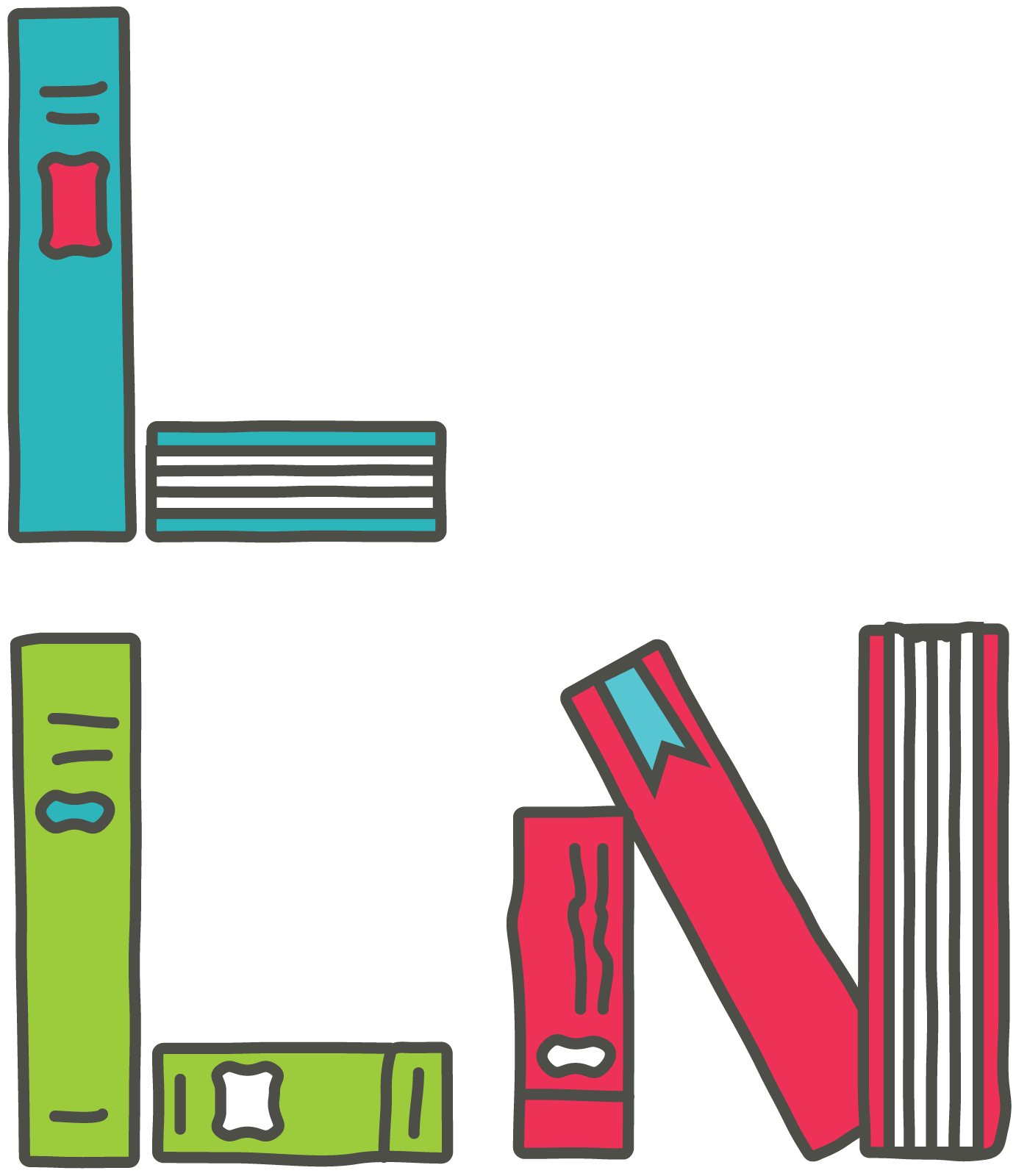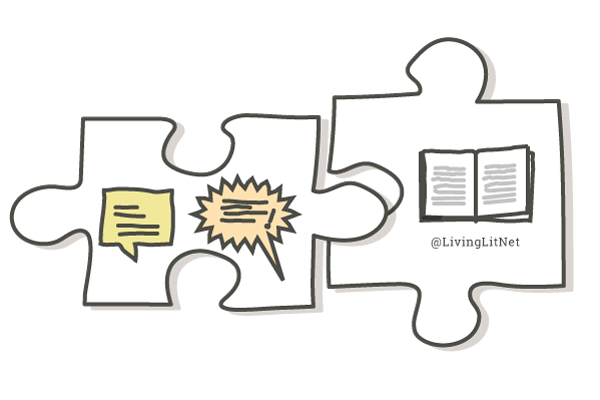Using Gradual Release of Responsibility to Support Authentic Reading
As classroom teachers, we sometimes approach our teaching in a compartmentalized way.
Who wouldn’t when it’s the daily schedule that seems to dictate and inform what we do rather than the students in front of us?
We feel constant pressure to fit things in and cover material as curriculum demands constantly increase, yet the amount of time we have with our students seems to continually decrease. We have so many subjects to teach and each subject claims a specified number of minutes in the day.
Moreover, when you consider all the components involved in ELA instruction —read aloud, shared reading, guided reading, independent reading, writing, word study, grammar, etc.— it makes sense that we plan not only each subject separately but also for each part of our literacy instruction in isolation, rather than together.
With so much on our plates, we then scour the internet and comb through resources in search for a shared reading text, a good read aloud, a mini lesson for the day and some sort of activities to go with each.
What would happen if all of these components worked together rather than separately? What if we moved away from tasks and activities and towards authentic reading experiences? Does reading need to feel like practicing a skill rather than authentic engagement with texts?
Reading skills are like puzzle pieces. Each piece is a small part of something larger.
Yet, it seems as if we keep providing students with puzzle pieces without ever letting them see the picture on the box cover? When do students get to see the big picture of their learning and how it all fits together?
We have the opportunity to do just that through integrating the different components of robust literacy instruction and allowing for the components to work together like the gears of a machine, rather than having them function separately. Perhaps too much emphasis is being placed on day-to-day reading mini lessons as the stronghold for reading instruction, rather than looking at reading more holistically.
Is there a better opportunity with our interactive read alouds, shared and guided reading experiences to really help students see and experience reading as a meaning-making process rather than offering students mini lessons for an opportunity to hunt for places in texts to practice a skill (such as a prediction, connection, or inference) in order to place a sticky note on the page or in order to complete a graphic organizer?
Do students really need to complete graphic organizers and worksheets for skill application? Are these authentic reading experiences?
Perhaps reading instruction can be transformed if it is approached as more of an immersive experience, rather than a list of skills that we can check off once taught and assessed.
We need to approach the teaching of reading similar to the teaching of a language.
Would you ever learn a new language by learning a new word a day?
Or, would you learn a language by being completely immersed in that language and then acquiring the words when they are most useful and meaningful for you to learn?
The teaching of reading needs to happen across all components of reading experiences that work in tandem rather than in isolation of one another; and, those components need to work together across stretches of time rather than in a single day. Perhaps if we approach the teaching of reading as a more immersive experience, then students will start to apply the skills as they are ready: when the text allows for it and when the student is ready for it.
For instance, let’s imagine immersing students in a 4-6 week genre study of nonfiction reading.
If we were to begin by immersing students in the process of how a proficient reader (the teacher) approaches and makes meaning in a nonfiction text through interactive read alouds, we would see and hear how a teacher uses all of the skills of proficient reading in those texts. She would show us how she juggles all of the skills of reading in ways that the text lends itself, not as a modeling of a single skill. It could be presented in a more integrated fashion across the text.
In these read alouds, the teacher wouldn’t ask students questions. Instead, she would expose her thinking through effective think alouds where she doesn’t only name her thoughts and ideas but also exposes how she came up with those ideas. She would use “I statements” regularly to demonstrate for students her meaning-making process.
Occasionally, she would solicit the students to come up with ideas by prompting them with strategies that she had previously modeled rather than with questions for comprehension. Because she is reading the text, it frees up the cognitive demands of attending to print and allows students to focus on meaning, which leads them to rich thinking, deeper understanding, and relevant ideas.
A teacher could easily touch upon not only one, but many or even all the skills of proficient reading in such an immersive experience, on an almost daily basis during read aloud.
As the teacher selects texts to use for shared reading experiences, she would naturally select nonfiction texts and take students through a similar meaning-making experience as she did with read aloud.
Except, this time, students would take on a bit more responsibility.
For one, they would be processing the print through chorally reading along with the teacher. This adds a new layer of complexity as well as opportunities for print work strategies and connections to word study and phonics concepts that had been previously taught.
Secondly, rather than observe the teacher think aloud and share her ideas, the students would be guided to come up with their own ideas throughout the text.
The teacher would prompt and support students by providing them with strategies for discussion in a way that the text lends itself and in ways that mimic the read aloud experiences.
Again, this would happen almost daily, touching on the many skills of reading as the text allows it. The teacher might consider focusing on a few key skills that students need more guidance and support.
During reading workshop time, when the teacher pulls small groups for guided reading and confers with reader, she would again, typically select nonfiction texts or confer into student-selected nonfiction texts to guide students through the same experience.
Except, now:
Students will typically do most of the work on their own but with the teacher providing scaffolding and prompts to help the students take on the responsibility for themselves.
The teacher might pose questions that provoke deeper discussion or lead kids to making connections to the work of read aloud and shared reading.
When conferring with independent reading, the teacher might check-in to see how each student is processing those texts independently without her support.
She assesses for evidence of the skills and strategies that the students are using independently. This could be evident through questioning, sampling the students oral reading, reading their responses, or joining in on their partnership conversations.
The observations that the teacher makes in guided reading groups and in independent reading then become what informs her follow up instruction.
The teacher would take her anecdotal notes to make instructional decisions based on scaffolding needs. If students need heavy support, she may begin modeling the application of those skills in read aloud. If students need moderate support, she could plan to guide students through the application of those skills in shared reading experiences. If students only need limited support, she might plan to meet with small groups and individuals to address their needs and offer strategies for successful application.
Whole class mini lessons would then be designed to give reminders to students and to address patterns in the class, not to teach a skill in isolation with an accompanying activity. The best mini lessons in a reading workshop always offer advice to readers and begin with the phrase “when talking with you all about your reading, I have noticed…” and then addressing the needs of the majority.
The whole unit of study becomes an immersive experience where students will demonstrate individual needs for more support in certain areas.
The teacher would have the opportunities to address those needs on any given day rather than focus her attention on a mini lesson task or activity of the day.
The need for providing tasks, worksheets, and graphic organizers for the whole class on a given day would seemingly become fruitless. Instead, the task for all students becomes making meaning of texts, not to show proficiency in a single isolated skill.
In the end the teacher becomes less cramped for time in a single day. Instead, she uses the diverse literacy experiences across time to support her students. Some days, some components will require more time and focus than others.
The teacher can ebb and flow between methods and provide more or less time for each as needed because they work together and are designed to support students with the scaffolding they need in order to sufficiently juggle all the skills of proficient reading.






